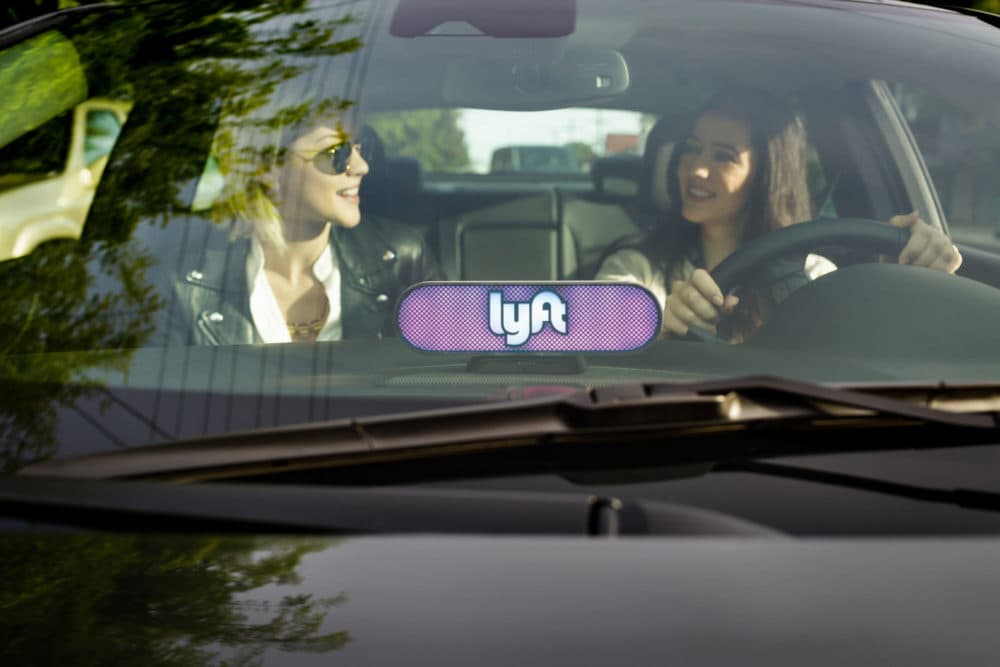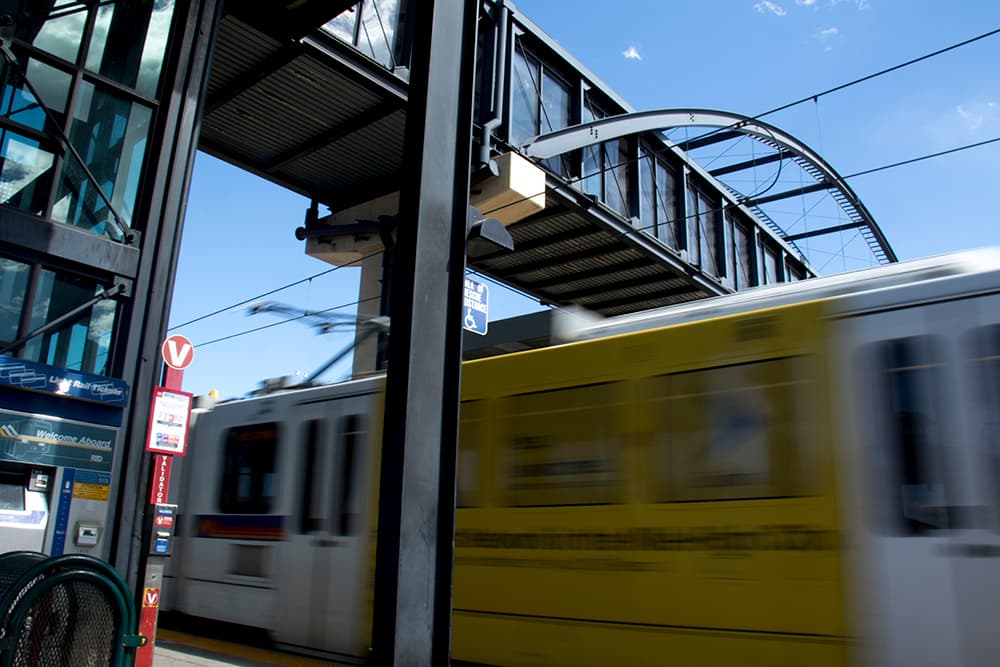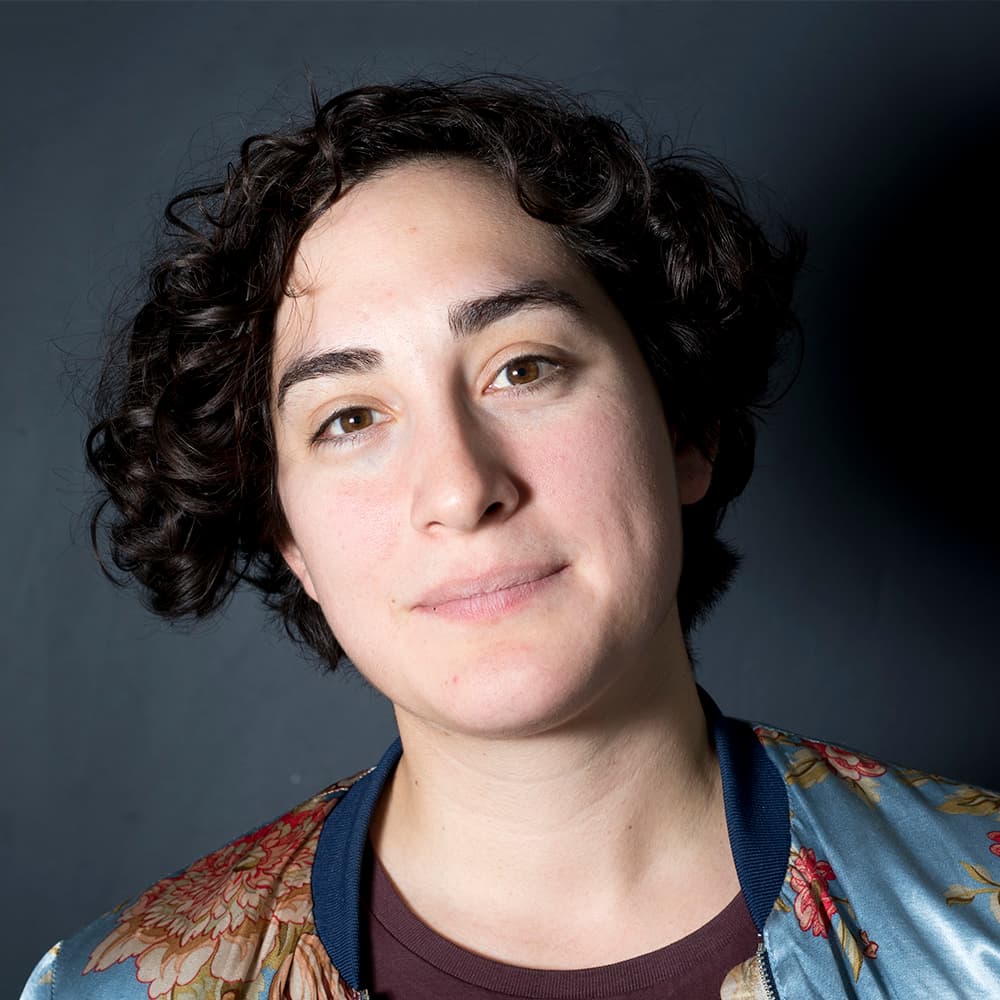
Last August, Centennial started offering free Lyft rides to get more people to the Dry Creek light rail station. The idea was that by operating alongside those boring old Call-n-Rides, the city could reach three times as many people for the same cost.
But instead of tripling ridership, the pilot actually had roughly one-fifth of the Call-n-Ride 2016 weekday average. Oh, and each ride cost more than twice as much.
Back in August when the pilot was announced, Centennial Mayor Cathy Noon thought the biggest problem the pilot faced would be too much demand. Figures from an update to RTD say that the city predicted at least 300 trips per day.
Instead, it was about 10 trips per day. For comparison, the average weekday ridership for the Dry Creek Call-n-Ride was 53 trips daily in 2016, according to RTD.
Melanie Morgan, a data analyst for Centennial's innovation team, said that estimating the number of riders ahead of time was difficult because there weren't a lot of similar studies completed yet.
"One of the things that we really didn't want to happen was to go for like three months, and then run out of money." Morgan said. "I would definitely hate for this to be seen as a failure just because the ridership wasn't there in six months."
Morgan also noted that the Call-n-Ride continued to operate during the pilot, so those riders weren't pushed into the pilot. Mainly, the lower ridership came down to marketing.
"We did some surveys at the light rail station, and the vast majority of them had either not heard of the program or had heard of it but didn't know any of the specific details," she said. "We also didn't do a lot of advertising at the RTD light rail station, which I think could have picked up a lot of people who were already going to this station."

Lyft Transportation Policy Manager Deborah Schrimmer also said that marketing differently could have helped.
"That was an important learning area, how Lyft and the city work together to message what the eligibility and parameters are," Schrimmer said. "That was something that we learned a lot from and thought 'How can we ease some of the barriers to being involved in the program?'"
But not only were there fewer Lyft riders than expected, the pilot rides were more expensive than Call-n-Rides. Sure, the average cost for a Lyft ride in the pilot was only $5.50 with the base fare and distance costs. And yeah, the Call-n-Ride costs about $20.92 per trip. But the Lyft cost doesn't include costs for ADA accessibility.
Because Lyft drivers are using their own cars, they're not equipped to shuttle passengers who use wheelchairs or need other accommodations. Centennial ended up paying Via Mobility, a nonprofit in Boulder, $47,000 for the six months of service. Add in data costs and analysis for $9,000, and the total cost per pilot ride ends up at about $48.50 per ride, according to RTD's update. Morgan said cost was closer to $40 per ride.
It's not that the ADA costs were unexpected either, said Morgan. She noted that the service areas for the ADA vehicles could be bigger in the future, so the per-ride cost would come down.
Again, that's something that Lyft echoed:
"You would never design an ADA service that only services a three-mile radius. There just aren't enough people to build the capacity to make that affordable. In order to do this in a way that was equitable for all but still within that three-mile radius, there were a lot of costs involved," said Gabe Cohen, general manager for Lyft Denver.
"But if you were to expand that across an entire region, a single ADA vehicle is now accommodating a much bigger radius, those costs come down while the Lyft costs say the same," Cohen said. "So we do believe this is very cost competitive."
So, Centennial and Lyft aren't giving up just yet.
All these findings will be presented to the Centennial City Council next month to help the city decide where to go from here. Morgan said that they will have options for continuing a pilot, as well as looking at some alternate first and last mile or partnership options.












